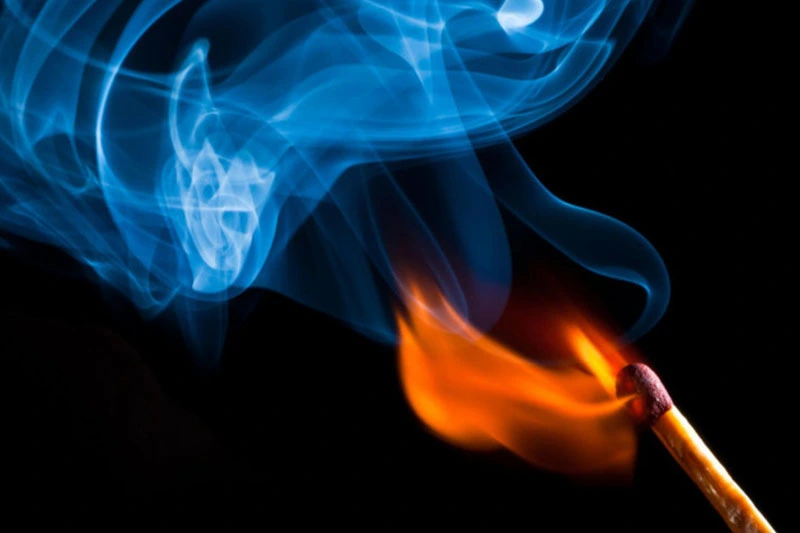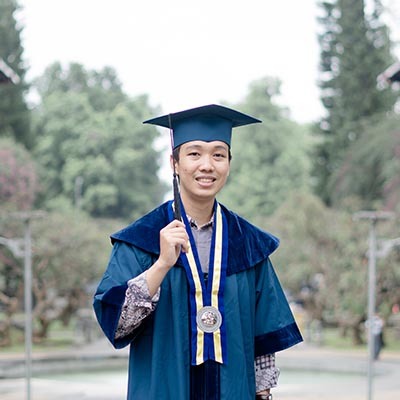
Chemical Engineering Thermodynamics (Termodinamika Teknik Kimia)
Mata kuliah ini mencakup mata kuliah termodinamika dasar, sifat ideal dan non ideal, siklus proses, kesetimbangan uap-cair, dan reaksi kesetimbangan kimia.
References:
- Smith, J. M., Van Ness, H. C., Abbott, M. M., & Swihart, M. T. (2018). Introduction to Chemical Engineering Thermodynamics (8th ed.). McGraw-Hill.
- Geankoplis, C. J., Hersel, A. A., & Lepek, D. H. (2018). Transport Processes and Separation Process Principles (5th ed.). Prentice Hall.
- Reklaitis, G. V., & Schneider, D. R. (1983). Introduction to Material and Energy Balances. John Wiley & Sons, Inc.
- Moran, M. J., Shapiro, H. N., Boettner, D. D. & Bailey, M. B. (2011). Fundamentals of Engineering Thermodynamics (7th ed.). John Wiley & Sons, Inc.
Course Fee
Reviews
Schedule
Appointment with tutor(s)
Registration
PVT of A Pure Substance and Steam Table
Pressure-Volume-Temperature is the fundamentals in thermodynamics. While steam tables are needed to understand the properties of water in various pressure and temperature range. This session includes materials about:
- PVT (Pressure-Volume-Temperature) Diagram
- Steam Table
- Volumetric Properties of The Fluid
- Latent Heat and Vapor Pressure
- Residual Functions
1st Law of Thermodynamics
1st law of thermodynamics is the fundamentals in energy conservation. The materials discussed includes:
- Basics Understanding of 1st law of Thermodynamics
- Overall and Mechanical Energy Balance
- Thermodynamics Process and Cycle for Ideal Gases
- Heat Effects of Industrial Reactions
- Theoretical Adiabatic Temperature
2nd Law of Thermodynamics
Second law of thermodynamics introduce the concept of entropy. The materials discussed includes:
- Basics Understanding of 2nd law of Thermodynamics
- Entropy Change for Ideal-Gas State
- Entropy Balance for The Open System
- Carnot Engine
- Ideal and Lost Work
Applications of Thermodynamics to The Process Engineering
Thermodynamics cycles and concepts in proess engineering will be discussed in this session, including:
- Fluid-Moving Equipments
- Production of Power from Heat
- Refrigeration and Liquefaction
Vapor-Liquid Equilibrium for Ideal Solutions
Vapor-Liquid equilibrium is the fundamentals concept in process engineering to understand separation concepts and other process engineering concepts. This session discuss materials:
- Introduction to Vapour-Liquid Equilibrium
- Raoult Law
- K-Value Correlations
- Henry Law for Non-Condensable Gases
- Dewpoint and Bubblepoint Calculations
- Flash Calculation
- Azeotrope System Calculation
Solution Thermodynamics
In solution thermodynamics, materials that will be discussed are:
- Partial Molar Properties
- Fugacity and Fugacity Coefficients: Theory and Calculations
- Activity and Activity Coefficients: Theory and Calculations
- Heat of Solution and Mixing
Vapor-Liquid Equilibrium for Non-Ideal Solution
This sessions is the continuation of ideal vapour-liquid equilibrium session, which includes materials in:
- Modified Raoult Law
- Dewpoint and Bubblepoint Calculations using Modified Raoult Law
- Flash Calculation using Modified Raoult Law
- Gamma-Phi Formulation
Chemical Reaction Equilibria
Chemical reaction in thermodynamics discuss the effect of thermodynamics to chemical reaction equilibrium. This session includes:
- Introduction to Chemical Reaction Equilibria
- Reaction Coordinate and Equilibrium Conversion
- Le-Chatelier Principles
- Effect of Temperature on The Equilibrium Constant
- Relation of Equilibrium Constants to Composition
- Multireaction Equilibria
- Reactions in Heterogeneous Systems


